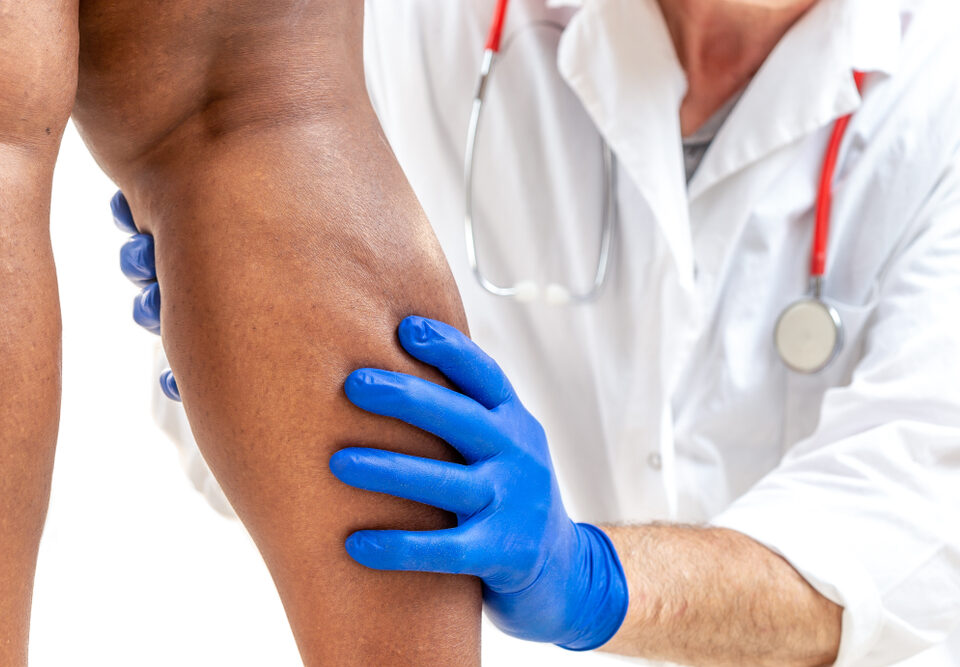
How Your Overall Health Affects Your Vein Health
May 20, 2019
Supplements That Help Protect the Body from Vein Disease
May 20, 2019Deep Vein Thrombosis Maryland
Cancer and deep vein thrombosis are two serious medical conditions, and researchers believe that there’s a positive correlation between them. Meaning that cancer can increase your risk for DVT, and DVT can make you more likely to get cancer.
Continue reading to learn more about this connection and how you can prevent Deep Vein Thrombosis in Maryland if you have cancer.
What Is Deep Vein Thrombosis?
Deep vein thrombosis (DVT) occurs when a blood clot develops in deep veins, often in the legs. DVT can become a medical emergency if the clot breaks off and travels to the lungs. This is called a pulmonary embolism, and it requires urgent attention.
What is the Link Between Cancer and Deep Vein Thrombosis?
Cancer has the ability to initiate a chain of events that increases an individual’s risk of DVT. More specifically, when cells damage tissue, they also induce swelling. This swelling can then lead to clotting and possible DVT. Additionally, malignant tumors release chemicals that are known to cause clots.
What’s more, an individual’s chances of DVT increases with certain types of cancers, including cancers of the brain, liver, kidney, lung, ovaries, pancreas, stomach, and uterus. Individuals with leukemia, lymphoma, and metastatic cancer also have a higher incidence of DVT.
What is the Link Between Treatment Methods?
Similarly, some cancer medications have the potential to injure blood vessels and lower the level of proteins that are important to control clotting. These may include: Darbepoetin, Epoetin, Lenalidomide, Tamoxifen, and Thalidomide.
How Can You Reduce Your Risk of DVT if You Have Cancer?
Although there is a link between cancer and deep vein thrombosis, sick patients can take steps to lower their risk. To start, your physician may recommend that you take anticoagulants, increase physical activity, wear compression stockings, and/or use an intermittent pneumatic compression cuff that periodically squeezes veins in the legs to keep blood flowing.
Want to Learn More About Deep Vein Thrombosis?
If you would like to learn more about deep vein thrombosis in Maryland, please contact us today to schedule a comprehensive consultation with one of our highly skilled and experienced vein specialists.



